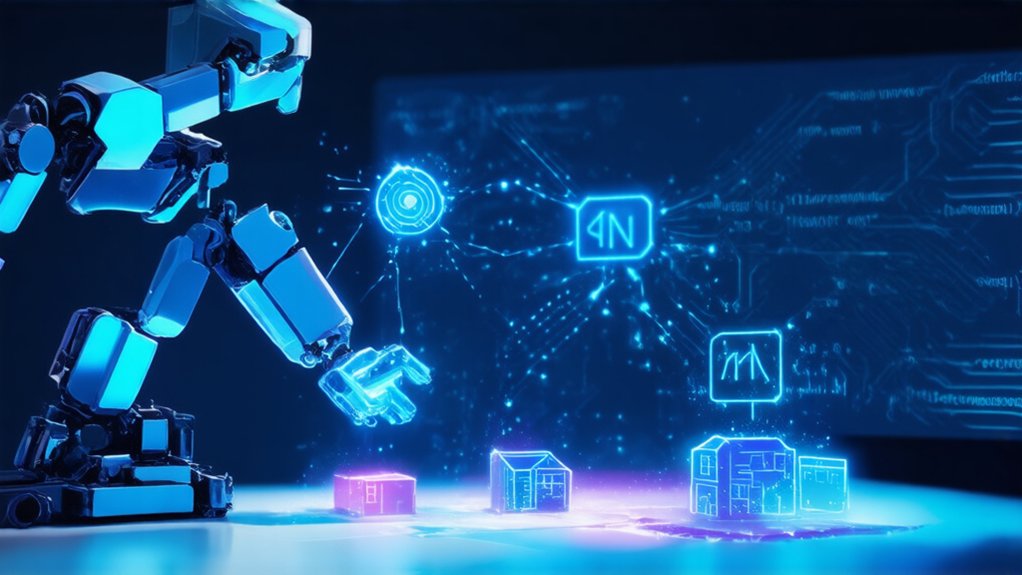While the world of AI keeps churning out flashy gadgets, building a cutting-edge RAG system is where things get seriously clever—or at least, that’s what the tech geeks claim. At its core, RAG blends a retriever and a generator, pulling real-time data from sources like vector databases or knowledge graphs. The retriever grabs relevant info, while prompt templates shape queries for the LLM generator. It then mixes this external knowledge with internal smarts to spit out responses. Furthermore, this integration enhances accuracy by enabling models to respond factually and cite sources from external knowledge bases. Just like data preparation is crucial in traditional machine learning, proper data processing is vital for RAG systems. Sounds straightforward, right? But oh, the sarcasm—it’s like expecting a gourmet meal from a microwave.
RAG systems: Supposedly clever tech wizardry, but it’s like microwaving a gourmet feast—full of ironic pitfalls.
Digging deeper, optimization is key. Pre-retrieval steps involve data cleaning and chunking, choosing the right embedding models to avoid garbage in, garbage out. Retrieval gets fancy with query expansion or hybrid search, blending keyword and semantic methods. For instance, hybrid retrieval combines vector and keyword search to improve accuracy, especially for queries where only about 60% of chunks align with specific terminology. Post-retrieval, reranking weeds out irrelevant chunks. For tough queries, multi-hop RAG jumps between sources, like a detective piecing clues together. Techniques like HyDE make queries smarter, mocking how basic searches often miss the mark.
Data indexing matters too. Vector databases store embeddings for quick access, using efficient methods like inverted indexing. Hybrid search combines BM25 for keywords and dense embeddings for meaning, with metadata filtering narrowing things down. It’s not just about speed; it’s about relevance. Re-ranking models prioritize the best hits, while query transformations clarify intent. Fine-tuning embeddings boosts accuracy in specific fields.
Frameworks like LangChain or LlamaIndex orchestrate it all, even handling multimodal data—text, images, you name it. Evaluation keeps things honest, with metrics like Precision@k for retrieval and Faithfulness for generation. Tools like Ragas test the system end-to-end.
Sure, it’s clever, but let’s face it—without these tweaks, RAG is just another overhyped AI trick. The geeks might be onto something, though. Punchy, precise, and oddly satisfying.


